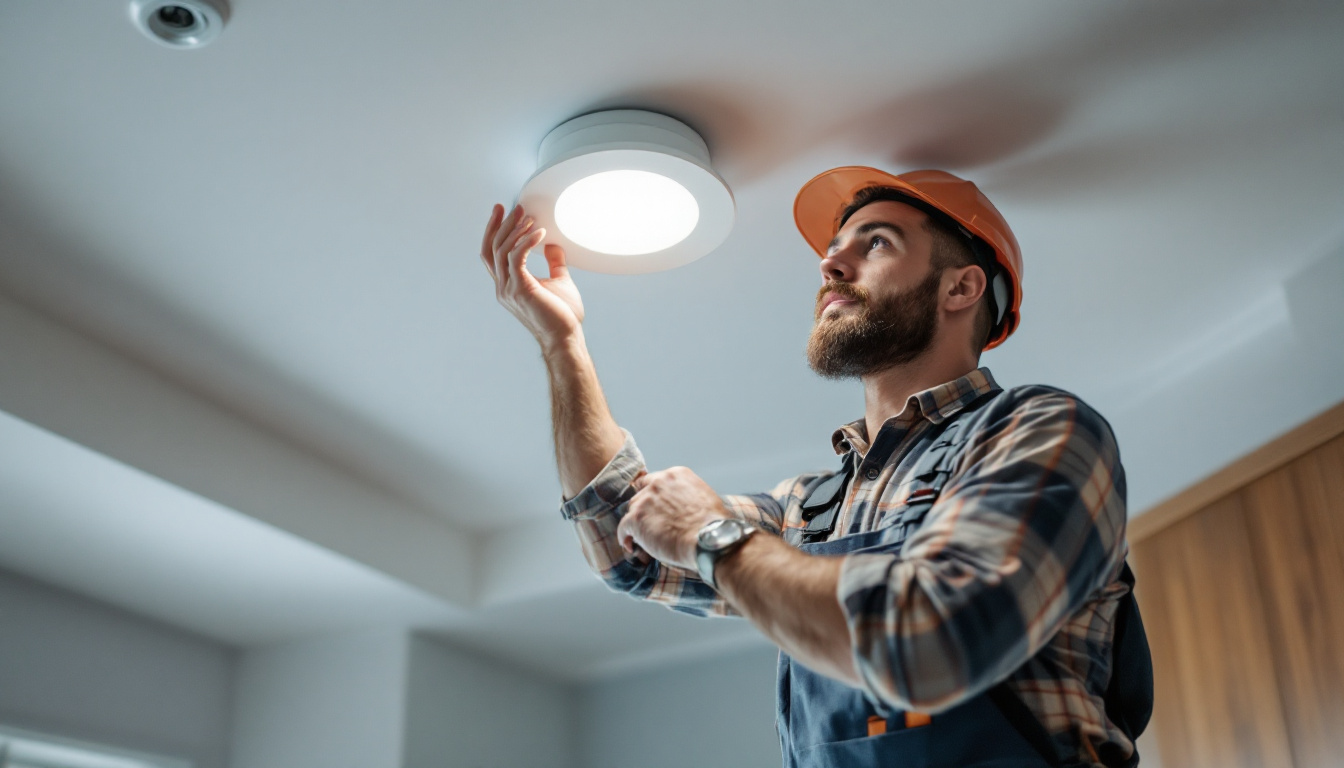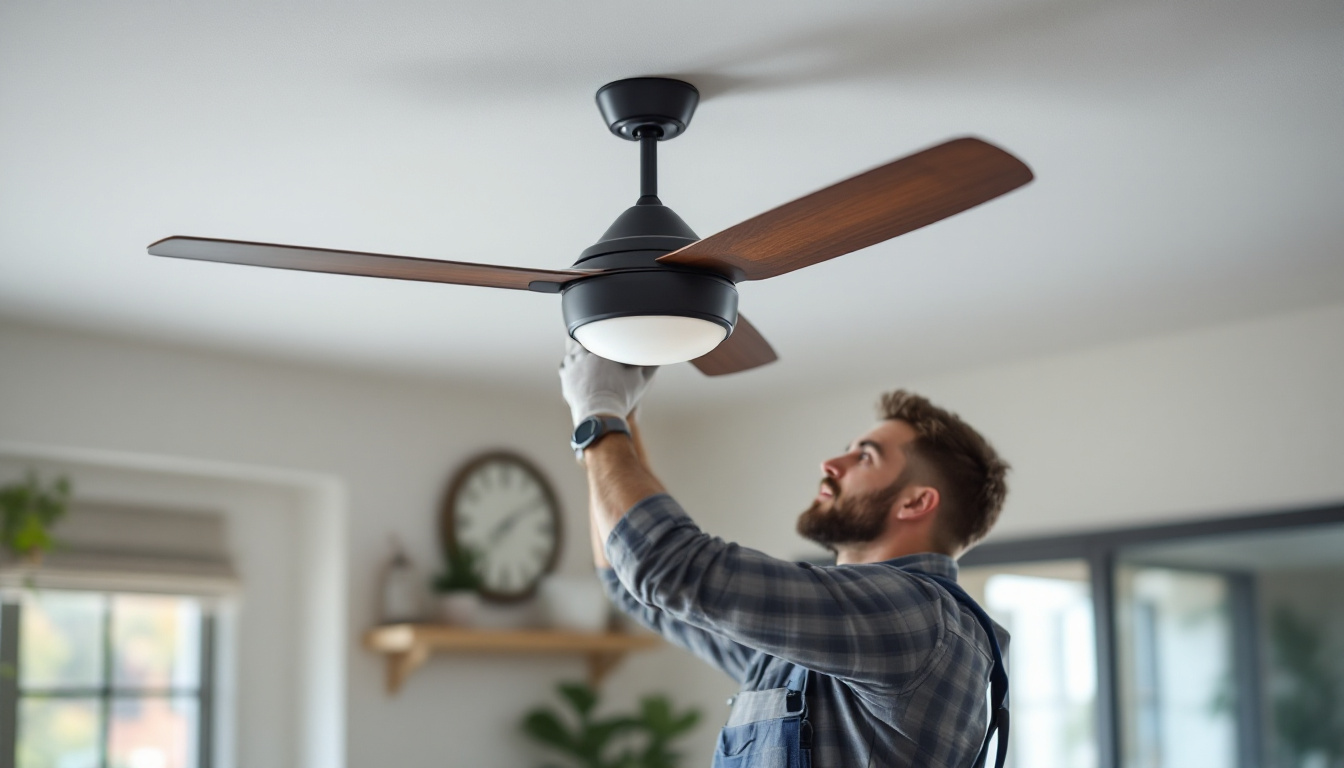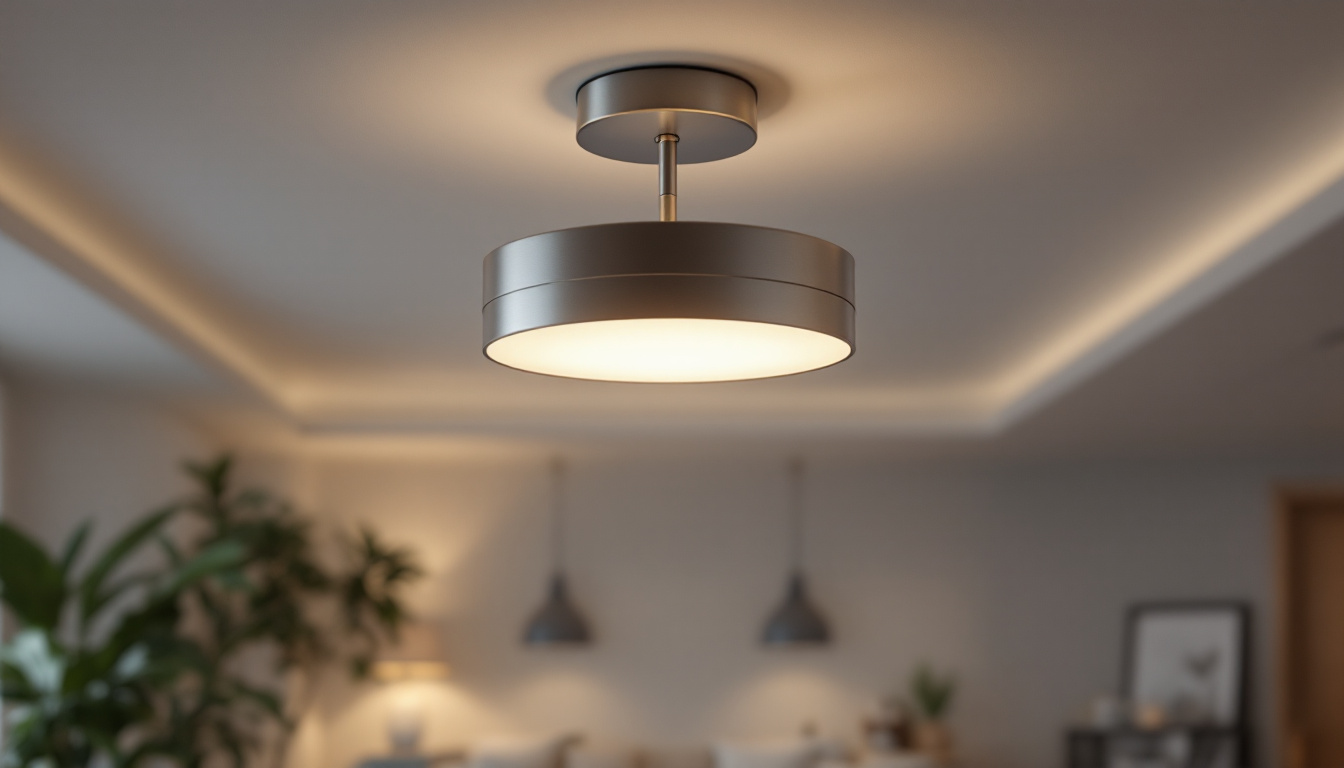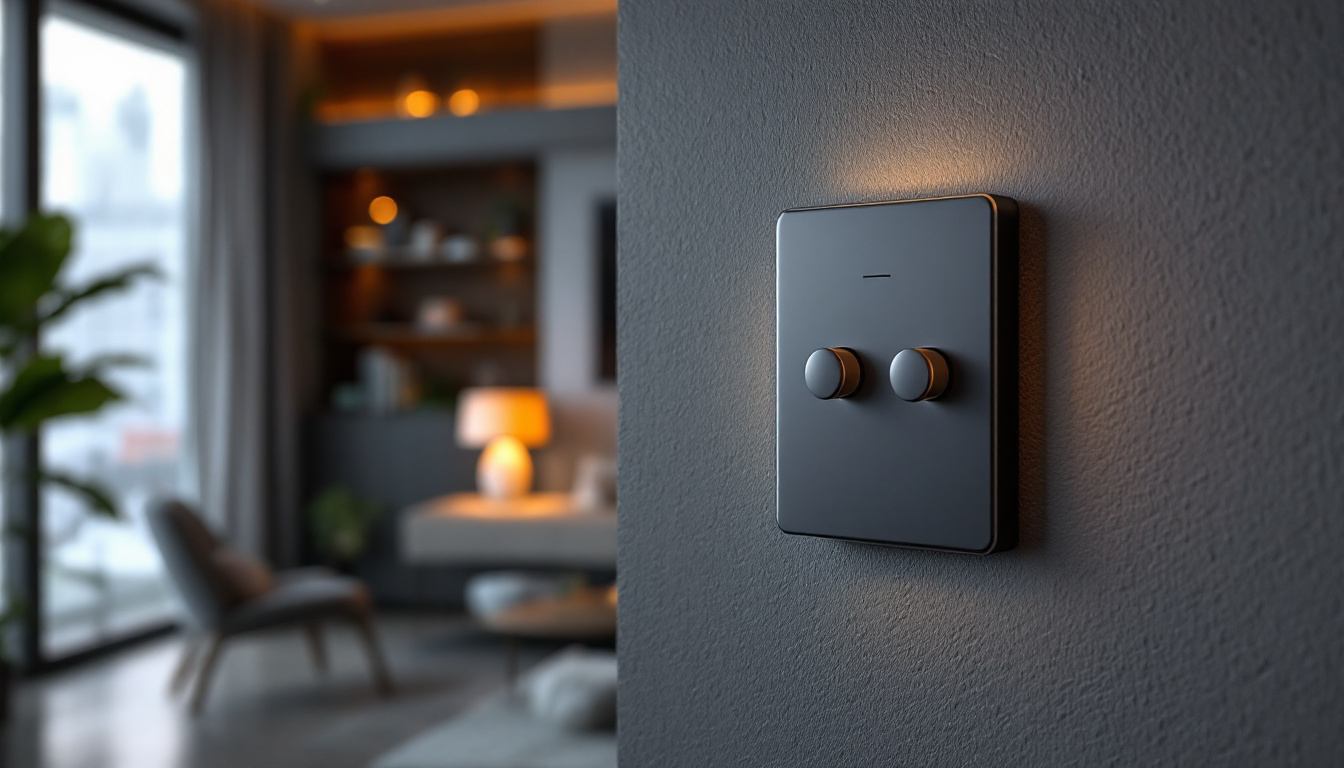
Can lights, also known as recessed lighting, have become a popular choice for both residential and commercial spaces. They provide a sleek, modern look while offering effective illumination. However, installing can lights is not as straightforward as it may seem. Lighting contractors often encounter a range of pitfalls that can compromise the quality of their work and the satisfaction of their clients. This article explores some common mistakes made during the installation of can lights and offers insights on how to avoid them.
Before diving into the common mistakes, it is essential to understand what can lights are and how they function. Can lights are typically installed into the ceiling, providing a clean and unobtrusive source of light. They come in various sizes and styles, making them versatile enough to fit different design aesthetics.
These fixtures can be used for general lighting, task lighting, or accent lighting, depending on the needs of the space. However, the effectiveness of can lights largely depends on their placement, type, and the overall design of the lighting plan. Properly executed, can lights can transform a room, creating an inviting atmosphere or highlighting specific areas of interest.
There are several types of can lights available on the market, including adjustable, fixed, and shower lights. Each type serves a different purpose and is suited for specific environments. Understanding these differences is crucial for any lighting contractor aiming to provide the best solutions for their clients.
For example, adjustable can lights are perfect for highlighting artwork or architectural features, while fixed can lights are better suited for general illumination. Shower lights, designed for wet areas, add another layer of versatility to the installation options. Additionally, there are LED can lights that offer energy efficiency and longer lifespans compared to traditional incandescent bulbs. These LED options not only reduce energy costs but also come in various color temperatures, allowing homeowners to customize the ambiance of their spaces.
Moreover, the installation of can lights can greatly influence the overall feel of a room. For instance, a well-placed row of can lights in a kitchen can provide ample task lighting for cooking, while strategically positioned fixtures in a living room can create a cozy atmosphere for relaxation. It’s also worth noting that dimmable can lights are becoming increasingly popular, as they allow for adjustable brightness levels, catering to different activities and moods throughout the day. This flexibility makes can lights a preferred choice for modern interiors, where functionality meets aesthetic appeal.
Despite their popularity, many contractors make errors that can lead to poor lighting outcomes. Here are some of the most common mistakes to avoid when installing can lights.
One of the most significant mistakes is improper placement of can lights. The positioning of these fixtures can dramatically affect the quality of light in a room. If can lights are too close together, they can create hotspots and harsh shadows. Conversely, if they are spaced too far apart, the light may be insufficient for the intended purpose.
To achieve optimal results, it is crucial to consider the size of the room, the height of the ceiling, and the function of the space. A general rule of thumb is to space can lights approximately 4 to 6 feet apart, but this can vary based on specific project requirements. For instance, in a kitchen where task lighting is essential, can lights may need to be positioned closer together to illuminate work surfaces effectively. Additionally, using dimmers can help adjust the ambiance, allowing for a more versatile lighting solution that caters to different activities throughout the day.
Another common oversight is neglecting to account for ceiling height. In rooms with standard 8-foot ceilings, the placement of can lights will differ significantly from those in spaces with higher ceilings. For higher ceilings, it may be necessary to use higher wattage bulbs or adjust the positioning to ensure adequate illumination.
Contractors should always assess the height of the ceiling before determining the placement and type of can lights. This consideration will ensure that the lighting is effective and enhances the overall ambiance of the space. Furthermore, in rooms with sloped ceilings or unique architectural features, it may be beneficial to use adjustable can lights that can be angled to direct light where it is most needed, thereby maximizing the effectiveness of the lighting design.
Electrical wiring is a critical aspect of can light installation. Many contractors overlook the importance of proper wiring, leading to safety hazards and performance issues. It is essential to adhere to local electrical codes and regulations when installing can lights.
Additionally, ensuring that the circuit can handle the load of the fixtures is vital. Overloading circuits can lead to tripped breakers or even electrical fires. Proper planning and execution in this area can prevent future complications and ensure a safe installation. Moreover, it is advisable to use high-quality wiring and connectors to enhance durability and performance. Incorporating features like junction boxes can also provide extra safety and organization, especially in complex installations with multiple fixtures. This attention to detail not only ensures compliance with safety standards but also contributes to the longevity and reliability of the lighting system.
The choice of bulbs used in can lights can significantly impact the quality of light produced. Selecting the wrong type of bulb can lead to unsatisfactory lighting conditions, affecting both functionality and aesthetics.
One common mistake is failing to match the color temperature of the bulbs with the intended ambiance of the space. For instance, warm white bulbs (around 2700K) are ideal for creating a cozy atmosphere in living rooms, while cooler white bulbs (around 4000K) may be more appropriate for task-oriented areas like kitchens and offices.
Contractors should consult with clients to determine their preferences and the desired mood for each room. This collaboration can help ensure that the selected bulbs enhance the overall design and functionality of the space.
With the growing emphasis on sustainability, it is crucial to consider energy-efficient lighting options. Many contractors still default to traditional incandescent bulbs, which consume more energy and have a shorter lifespan compared to LED options.
LED bulbs not only offer significant energy savings but also provide a longer lifespan, reducing the need for frequent replacements. By educating clients about the benefits of energy-efficient lighting, contractors can help them make informed decisions that align with their sustainability goals.
Dimming capabilities can enhance the functionality of can lights, allowing users to adjust the brightness according to their needs. However, many contractors overlook the importance of incorporating dimmers into their lighting plans.
When selecting dimmer switches, it is essential to ensure compatibility with the chosen bulbs. Not all dimmers work well with LED bulbs, which can lead to flickering or limited dimming range. Contractors should verify that the dimmers are rated for the specific type of bulbs being used to avoid these issues.
By offering dimming options, contractors can provide clients with greater control over their lighting environment, enhancing the overall user experience.
In today’s smart home environment, integrating advanced control systems can significantly improve the functionality of can lights. However, many contractors fail to consider these options during installation.
Smart lighting systems allow users to control their lights remotely, set schedules, and even adjust colors. By offering these modern solutions, contractors can elevate their services and meet the growing demand for smart home technology.
While functionality is paramount, aesthetics should not be overlooked. The visual appeal of can lights can enhance the overall design of a space. Many contractors make the mistake of prioritizing functionality over aesthetics, leading to a disjointed look.
Can lights come with various trim options, including baffle, reflector, and adjustable trims. Selecting the wrong trim can detract from the overall design and affect the light output. For instance, a baffle trim may be suitable for reducing glare in a living room, while a reflector trim may be better for highlighting specific features.
Contractors should consider the design style of the space when selecting trims, ensuring that they complement the overall aesthetic rather than clash with it.
In addition to placement, the spacing of can lights can also impact the visual appeal of a room. Uneven spacing can create an unbalanced look, while consistent spacing can enhance the overall design. Contractors should take the time to plan the layout carefully, ensuring that the can lights contribute positively to the room’s aesthetics.
Installing can lights can be a rewarding endeavor for lighting contractors, but it requires careful planning and execution to avoid common pitfalls. By understanding the basics of can lights, avoiding placement and wiring mistakes, selecting the right bulbs, and considering aesthetics, contractors can deliver high-quality installations that meet their clients’ needs.
Ultimately, the key to successful can light installation lies in a thorough understanding of both functionality and design. By staying informed about the latest trends and technologies in lighting, contractors can enhance their skills and provide exceptional service to their clients.
By avoiding these common mistakes, lighting contractors can build a reputation for excellence, leading to satisfied clients and successful projects. Emphasizing proper techniques and staying updated with industry standards will ensure that can light installations are both functional and aesthetically pleasing.
Ready to elevate your lighting installations with the highest quality can lights? Look no further than LumenWholesale. We provide contractors with spec-grade lighting products that meet the most rigorous industry standards, all at unbeatable wholesale prices. Say goodbye to local distributor markups and hello to superior lighting solutions that fit your budget. With our hassle-free bulk buying and free shipping, you’ll enjoy premium lighting at the best value — no hidden fees, no compromises. Make your next project shine with the perfect blend of quality, affordability, and convenience. Visit LumenWholesale today for Wholesale Lighting at the Best Value.

Explore the science behind halogen bulbs and their application in spotlights, tailored for lighting contractors.

Discover how integrating fan switches can revolutionize your lighting business.

Discover the essentials of semi flush lights with our comprehensive guide tailored for lighting contractors.

Discover how fan control switches are revolutionizing lighting design and installation.